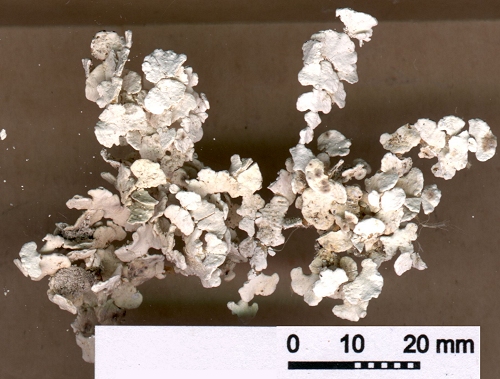celacanthr
Active Member
Caulerpa
Caulerpa is probably the most commonly seen macro-algae, at least in my experience. It is sold under several names depending on the species.
C. prolifera-Caulerpa, Blade grass, Blade Algae, Blade Caulerpa, Razor Grass, Razor Caulerpa, etc.
C. racemosa/C. lentillifera-Sea grapes, Grape Caulerpa, Bubble Caulerpa, Bubble Algae (which is confusing because the bad algae, Valonia, is also called Bubble Algae), even Green Caviar, because of its use in Asian cuisine!
C. taxifolia/C. mexicana-Feather algae, Feather Caulerpa, Feather Grass.
Despite their only being 5 species commonly seen in the aquarium trade (many places WILL sell you several other species), there are over 100 species in the genus! The ways and shapes that they grow can be vastly different from 1 species to another.
In most Caulerpa, there are 3 parts, the stolon, the rhizoids, and the fronds.
Stolon-This is the "vine" looking growth that all of the fronds and rhizoids are attached to. The growing tip of the stolon is usually white in color.
Rhizoid- these act as the roots for the Caulerpa. Commonly called steadfasts, rhizoids can grip rock and sand particles surprisingly well, which can attribute to the fact that Caulerpa can be difficult to eradicate in a tank where rhizoids have gotten a good grip on the rock in the tank.
Fronds- this is the part of the Caulerpa that sticks out from the stolon and absorbs the majority of the nitrogen, phosphorous, carbon, and lighting that the Caulerpa needs. In Caulerpa prolifera, these are the blades.
Unfortunately Caulerpa's are notorious for "going sexual” like Halimeda. If you are lucky you may notice that your Caulerpa has numerous thin, white-ish clear stalks coming from them, these are called gametangia, and this is a sign that your Caulerpa is about to go sexual. If you notice this it is best to rip up almost all of your Caulerpa and throw it away. The part that you leave should be free from gametangia, and as an added measure it should be put in a separate container for a while (a day or more is probably best). The process for ridding your tank of the gametes is the same as with halimeda, discussed below.
All Caulerpa IME are great for nutrient export with at least one minor exception among the commonly sold Caulerpa's. C. paspaloides grows in a pattern where new fronds will spring up, and as they do the old ones will die off. Most likely the old rotting stalks will just add back any nitrogen that was used initially unless the aquarist removes the stalks before they rot. This is a great deal more work than is necessary for the other Caulerpa’s.
There is another Caulerpa that is not well suited to be owned by many hobbyists, but not because of its growth patterns. C. taxifolia has become an extremely invasive species around the world. California is one of those places where C. taxifolia has been introduced and is now taking over local waters. Unfortunately many people blame hobbyists for the introduction of this species, and whether or not these allegations are true, there is now a law banning C. taxifolia (maybe even all Caulerpa's, the law is confusing) from being owned in California, and there seems to be some people pushing for the ban to be extended to other states.
I do want to add a word here about using Caulerpa of any sort to feed herbivorous fish. It is ok to feed most Caulerpa's -such as C. prolifera-, but only in limited amounts. All Caulerpa's contain some toxin used to deter predators, but in the tropics most herbivorous fish have developed immunities to the toxins. Regardless I still would not feel safe feeding only Caulerpa to any herbivorous fish. On a side not these toxins are what have made C. taxifolia so successful in temperate waters, since the herbivores there have not developed any immunities to the C. taxifolia toxins.
Ulva: I add Ulva here because its care is almost identical to Caulerpa, except that it makes GREAT food for most herbivores, and is even used in soups and salads. Some of the 10 species in this genus are even used as a substitute for nori (Porphyra), an ingredient in sushi and commonly used for Herbivore food in marine tanks.













